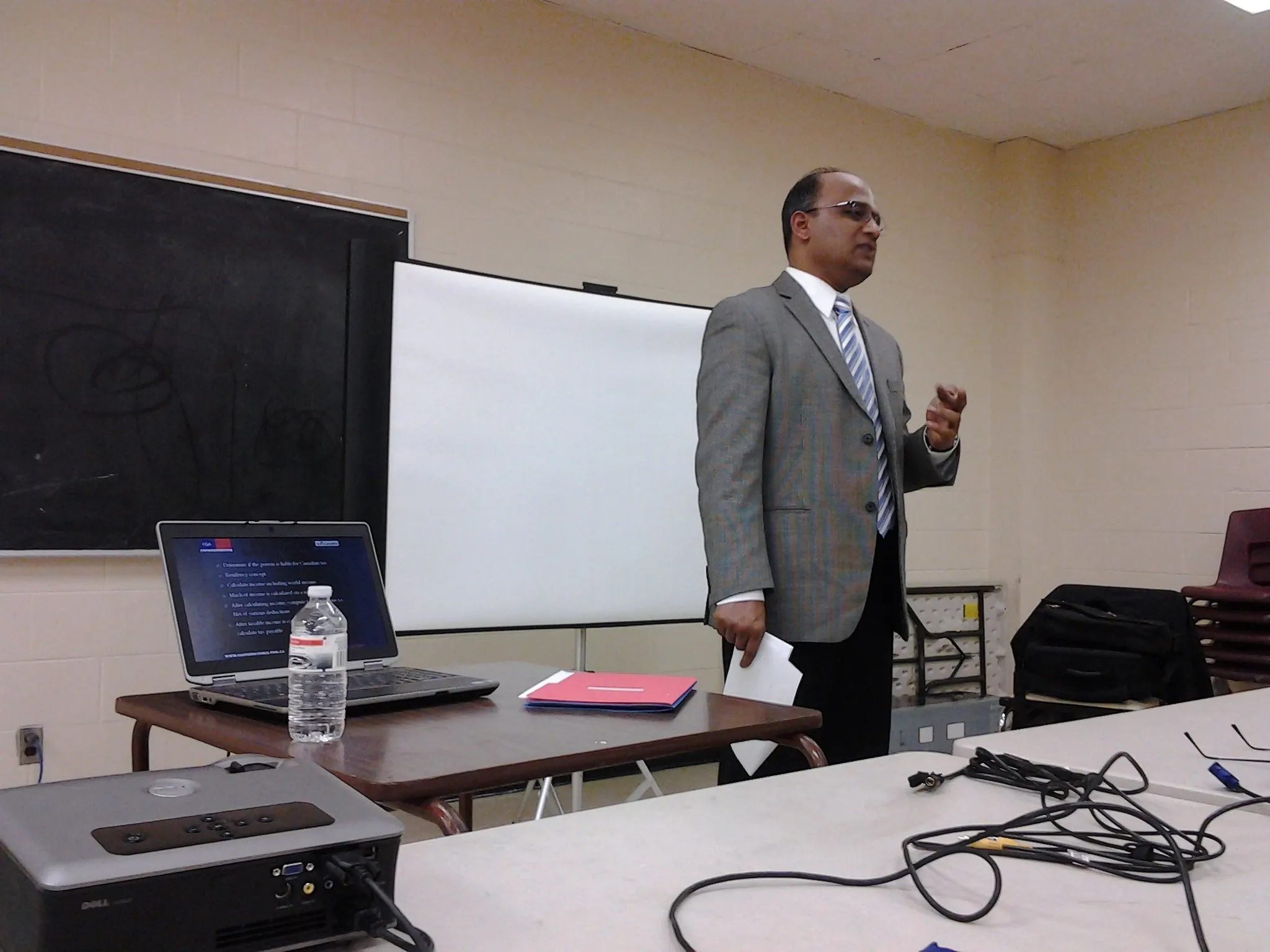Introduction
While resumes provide a snapshot of your qualifications, cover letters offer an opportunity to showcase your personality, enthusiasm, and fit for a specific role or company. A well-crafted cover letter can grab the attention of hiring managers and complement your resume by providing context and demonstrating your interest in the position. This checklist outlines key steps to writing a winning cover letter that captures the reader's interest and sets you apart from other applicants.
Preparation
Research: Understand the company, its culture, values, and the specifics of the job you're applying for.
Gather Information: Collect details about your relevant experiences, skills, achievements, and how they align with the job requirements.
Identify the Recipient: Determine the name and title of the person to whom you're addressing the cover letter, if possible.


Structuring Your Cover Letter
Header: Include your contact information (name, address, phone number, email) at the top of the cover letter, followed by the date and the recipient's contact information.
Salutation: Address the letter to the hiring manager or the person specified in the job posting (e.g., "Dear [Hiring Manager's Name]," or "Dear Hiring Committee,").
Introduction: Start with a strong opening paragraph that captures the reader's attention, mentions the position you're applying for, and briefly introduces yourself.
Body Paragraphs
Highlight Relevant Experiences: Describe your relevant experiences, skills, and achievements that demonstrate your qualifications for the job.
Align with Job Requirements: Connect your experiences directly to the requirements and responsibilities outlined in the job posting.
Show Enthusiasm: Express your enthusiasm for the opportunity and explain why you're excited about the company and the role.
Provide Examples: Use specific examples and anecdotes to illustrate your abilities and accomplishments.
Closing Paragraph: Summarize why you're an ideal candidate for the position, reiterate your interest in the role and the company, and express your willingness to discuss further in an interview.
Closing Salutation: End the letter with a professional closing (e.g., "Sincerely," "Best regards,") followed by your full name.


Formatting and Design
Length: Keep the cover letter concise, typically no more than one page in length.
Font and Style: Use a professional font (e.g., Arial, Calibri, Times New Roman) and maintain a consistent style throughout the letter.
Formatting: Use standard margins and spacing to ensure readability, and consider using bullet points or bold text to emphasize key points.
Customization: Tailor each cover letter for the specific job and company, avoiding generic templates or boilerplate language.
By following this checklist, you can create a compelling and well-crafted cover letter that effectively communicates your qualifications and enthusiasm, increasing your chances of landing an interview.
Proofreading and Editing
Grammar and Spelling: Proofread the cover letter carefully for grammatical errors, typos, and spelling mistakes.
Clarity and Coherence: Ensure that your writing is clear, concise, and logically organized, with smooth transitions between paragraphs.
Relevance: Focus on including information that directly relates to the job and demonstrates your qualifications and fit for the role.
Language and Tone: Maintain a professional and positive tone throughout the letter, avoiding slang or overly formal language.


Additional Considerations
Follow Instructions: Adhere to any specific instructions provided in the job posting regarding format, submission method, or additional documents.
Showcase Personality: Let your personality shine through in your writing, while still maintaining professionalism.
Seek Feedback: Ask trusted friends, mentors, or colleagues to review your cover letter and provide constructive feedback.
Proof of Value: Provide evidence of your potential value to the company and how you can contribute to its success.
Thank You: Express gratitude for the reader's time and consideration at the end of the letter.
Summary: How to Write a Winning Cover Letter
A winning cover letter goes beyond simply summarizing your resume—it tells a compelling story about your qualifications and why you're the ideal candidate for the job. This checklist offers guidance on structuring your cover letter, addressing it to the right person, customizing it for each application, and highlighting relevant experiences and achievements. By following these steps, you can create a cover letter that makes a strong impression and increases your chances of landing interviews.
Leaders are Alone at the Top. Don't Struggle, Take Help

Whenever you're ready, there are 4 ways I can help you:
-
Online Courses
-
100 Days Mastermind
-
One-on-One Coaching
-
Read My Book
I will never spam or sell your info. Ever.
